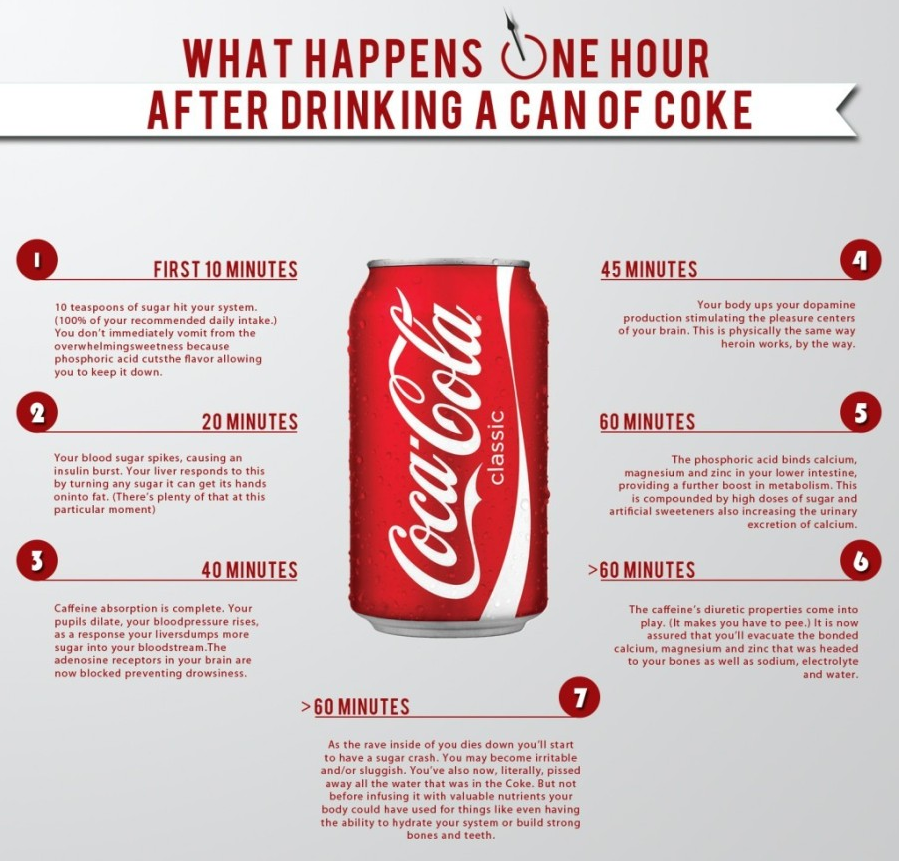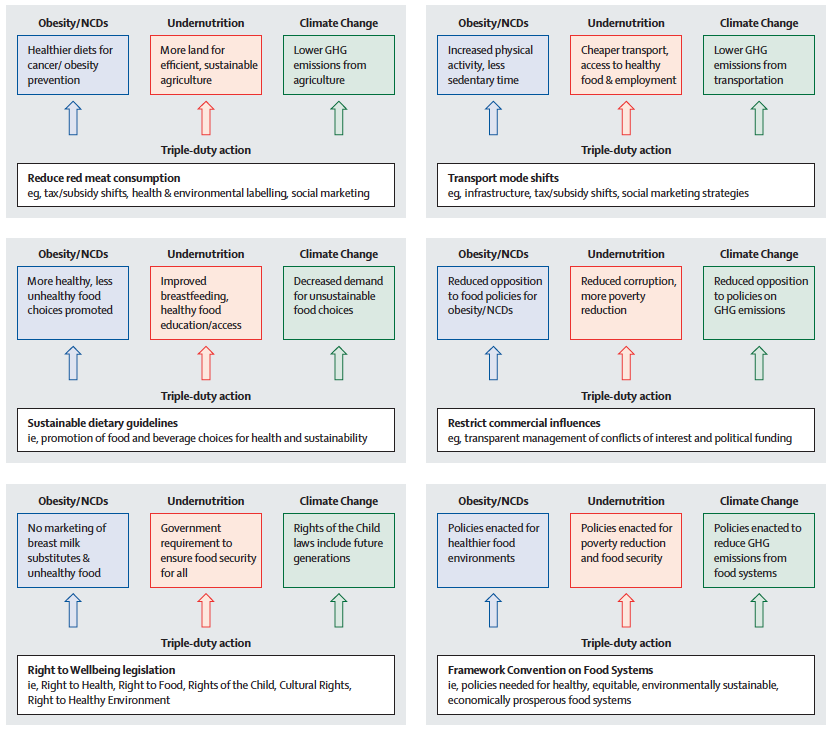The incredible Alex Honnold, also a vegan… Copyright: The great Jimmy Chin for National Geographic
The answer to that question turns out to be a lot for some people. There are have been some recent projects and papers as a result aimed at trying to understand whether or not people can afford the kind of diets recommended in national food-based dietary guidelines, the EAT Lancet, and other publications. Many have pontificated that these healthy, higher quality diets — promoted in such guidelines and Commissions made up elitist scientists — are unaffordable for most of the world. Some argue the recommendations are just downright dangerous (beef industry responding to the EAT Lancet) or unfair. GAIN argued that meat is important for child growth, and athletes. I don’t think they meant it is an absolute essential for athletes, as Alex Honnold is a vegan and that dude climbed El Capitan with nothing but sheer muscle strength, stamina and maybe an insanely lack of feeling of fear. If you have not seen the documentary Free Solo, I highly recommend it. What a human feat, and with no meat! Yes, I wax poetic.
This debate is not new, and there has been a lot of science articulated the cost. And there are more papers to come. But a few new papers are looking beyond just a specific country, a specific national dietary database or a specific population, and looking at the costs of foods and diets around the world from low- to high-income countries, whether they fulfill nutritional needs, and if not, what disease outcomes are they associated with.
IFPRI’s Derek Headey and Harold Alderman, two pretty stellar researchers in nutrition, published a fantastic piece in the Journal of Nutrition. They tested relative caloric prices (RCPs) for different food categories across 176 countries. One will have to read the methods in some detail to understand how they come up with this calculation but one key piece is how they calculate the RCP. They measure the ratio of the price of 1 calorie of a given food (the edible portion) to the price of 1 calorie of a representative basket of starchy staple food in each country. As the authors articulated: an RCP of 5 for eggs implies that it is 5 times as expensive to obtain a calorie from eggs as it is to obtain a calorie from starchy staples. Easy yes?
While the authors find that there is a lot of variety in the food prices nationally, in high-income countries, most non-cereal foods were relatively cheap, including sugar- and fat-rich foods. In contrast, in low-income countries, healthy foods were expensive, especially most animal-sourced foods and fortified infant cereals. Oils/fats were notably very cheap in all regions as were unprocessed red meat, which was moderately cheap in all regions. As the authors wrote in a recent blog:
“As countries develop, their food systems get better at providing healthier foods cheaply, but they also get better at providing unhealthier foods cheaply. Hence the problem in less developed countries is that poor people also live in poor food systems: Nutrient-dense foods like eggs, milk, fruits and vegetables can be very expensive in these countries, making it much harder to diversify away from nutrient-sparse staple foods like rice, corn and bread. The problem in more developed countries is rather different: Unhealthy calories have simply become a very affordable option. In the U.S., for example, calories from soft drinks are just 1.9 times as expensive as staple food calories and require no preparation time.”
The authors then looked at the association of these prices with nutrition outcomes, controlling for confounders like education, urbanization and income. Higher milk and fortified infant product prices were positively associated with childhood stunting. They also found that little children consume less of these important foods when expensive. An increase in soft drink prices was associated with a reduction on overweight prevalence.
Headey and Alderman show the association of milk prices with childhood stunting. Copyright: IFPRI
A few years ago Adam Drewnowski and Nicole Darmon published a study, using very different methodology and from French databases, showing that foods of lower nutritional value and lower-quality diets generally cost less per calorie and tended to be selected by groups of lower socioeconomic status. A number of nutrient-dense foods were available at low cost but were not always palatable or culturally acceptable to the low-income consumer. Acceptable healthier diets were uniformly associated with higher costs. They argue three things:
Energy-dense foods composed of refined grains, added sugars, or fats are cheaper per calorie than are the recommended nutrient-dense foods.
Lower-quality diets, with a higher content of added sugars and fats, were generally less expensive on a per-calorie basis.
Cheaper and more energy-dense diets, often devoid of vegetables and fruit, tend to be selected across different countries by lower-income groups.
Another paper coming out in the Lancet by IFPRI (including Headey) and Tufts colleagues including the great Will Masters, examined retail prices of foods and identified the most affordable foods to meet EAT-Lancet targets. They compared the total cost per day of these foods to each country's gross national income to see if the MOST affordable EAT-Lancet diet exceeded household incomes.
Here is what they found: Examining 744 items across 159 countries, revealing that the most affordable EAT-Lancet diets cost a global average of $2.89 per day ($2.44 per day for low-income countries and $2.77 for high-income countries). The largest share was the diet cost was fruits and vegetables (31.2%), followed by legumes and nuts (18.7%), meat, eggs and fish (15.2%) and dairy (13.2%). While this is a pretty cheap diet in high-income countries, it is not affordable for 1.56 billion of the poorest households in the world where this diet would cost households 70% of their daily income (national averages)! Where is this diet unaffordable? Mostly in sub-Saharan Africa and South Asia.
On the left side is the cost of the EAT-Lancet diet by country income levels and major regions. On the right side, is the cost of the EAT-Lancet diet as a percentage of Gross National Income per capita. Copyright: Lancet.
They also concluded that the EAT-Lancet diet would cost 64% more than achieving minimally adequate levels of essential nutrients and is currently unaffordable in low-income countries, because “it requires larger quantities of higher-cost food groups such as dairy, eggs, meat, fish, fruits and vegetables than the near-subsistence diets that are currently consumed by very low-income people.” The authors argue that:
“Our findings indicate that a widespread global shift to the EAT-Lancet diet recommendation is feasible only through some combination of higher earnings, more favorable market prices and nutrition assistance for low-income people, in addition to changes in local and global food systems that drive food choice among more affluent populations. Meeting EAT-Lancet targets in low-income areas will require higher farm productivity and improved access to markets, plus greater non-farm earnings and social safety nets, allowing people to shift consumption away from starchy staples and increase their intake of more nutritious but currently unaffordable animal-sourced and vegetal foods.”
Sam Bloch tested out the EAT-Lancet diet in early 2019 and wrote up a great piece in the New Food Economy (love this site). He found it hard to follow and it was more expensive. And he is probably a high-income consumer (living in New York City) and his wife is a chef!
A group at World Food Programme is doing a “Fill the Nutrient Gap” (FNG), which aims to “support identification of strategies to increase availability, access, and choice of nutritious foods, to ultimately improve nutrient intake.” This approach looks at the nutrient intake of different target groups, and then uses linear programming to look at the barriers to nutrient intake including the availability, cost and affordability of nutritious diets for households and target groups with higher nutritional needs. They then model potential interventions to improve them. I have heard they have done at least 25 countries. So they are taking it further as compared to these other studies. They are not only looking at the cost of diets, but why they are expensive and what households can do about it.
In last year’s Global Nutrition Report, we showed some preliminary data on the range of non-affordability of a nutritious diet across areas in different countries. The data shows a range of non-affordability depending on the region in each country – for example, across different regions of El Salvador, 9% to 44% of households cannot afford a nutritious diet, whereas the range is much greater in Lao People’s Democratic Republic (17% to 95%).
The range of “non-affordability” of the typical diet in select countries. Copyright: GNR 2018
There are others working on the cost of a diet. Marco Springmann will also test out the cost of the EAT-Lancet diet, as an EAT-Lancet Commissioner. I think his study will look more at the cost of dietary patterns - vegetarian, pescetarian, omnivorous etc. So keep your eye out on that publication!









